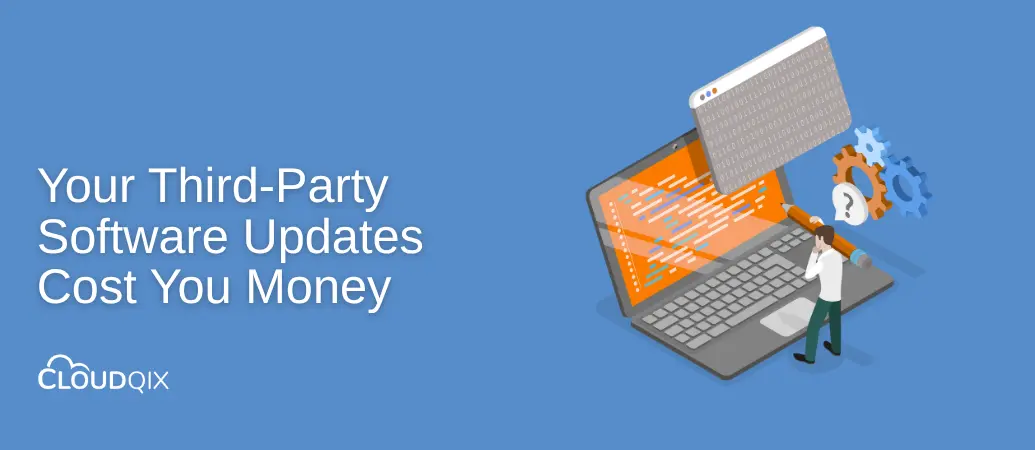Software Updates Are Supposed to Help So Why Do They Break Everything?
Third-party software powers everything from your CRM to your accounting, scheduling, and ticketing tools. But when one of those tools’ updates it can bring your entire workflow to a halt.
Integrations break. APIs change. And suddenly your data isn’t syncing, your dashboards are out of date, and your teams are scrambling to troubleshoot something they didn’t build in the first place, and someone must fix it—fast. What should have been a simple update then becomes an expensive disruption.
The Cost of Third-Party Disruptions
These disruptions don’t always show up as line items, but they add up quickly:
- Your CRM stops syncing with your calendar, causing missed appointments
- A finance tool update breaks the connection to your invoicing app
- You spend hours manually transferring records just to get through the day
- Clients notice delays, errors, or gaps before you even catch the problem
Even small issues can have a complete ripple effect across departments, operations, finance, logistics, and support, costing more time, money, and customer trust.
Most companies rely on one-off integrations built by internal devs, outside vendors, or prebuilt connectors that only work in ideal conditions. But software vendors evolve constantly new endpoints, authentication methods, or logic changes are part of regular product updates.
But platforms update constantly. One change in API structure, logic, or security protocol can break a connection you haven’t thought about in months.
Now you’re stuck:
- Submitting tickets and waiting for IT to patch things
- Hiring a developer to rebuild the integration
- Or manually transferring data in the meantime
None of these are sustainable.
You Actually Need a Smart Integration Layer
Businesses need to shift from reactive integrations to a resilient integration strategy.
That’s where an iPaaS (Integration Platform as a Service) comes in.
Instead of writing and rewriting direct connections, iPaaS acts as an integration buffer, so when one system changes, you don’t have to rewrite the entire connection.
Instead, the platform absorbs changes, manages workflows, and provides visibility without disrupting your day-to-day.
Even better? No-code iPaaS like CloudQix puts that control in the hands of your operations or IT teams so they can build to launch faster, adjust, and monitor integrations without waiting on dev resources or needing extensive coding knowledge.
You don’t need to rewrite every time software changes. You just need a smarter way to connect. Relying on brittle point-to-point connections was fine when you had two or three systems but tech stacks today are constantly growing and evolving.
Adding a no-code iPaaS like CloudQix means your team can maintain workflows, adapt to updates, and scale your operations without getting buried in code or backlog tickets.
By adding a no-code integration layer, you gain the stability, speed, and control your business needs to keep moving, even when everything else is changing.
Want to learn more about CloudQix? Speak to an expert


